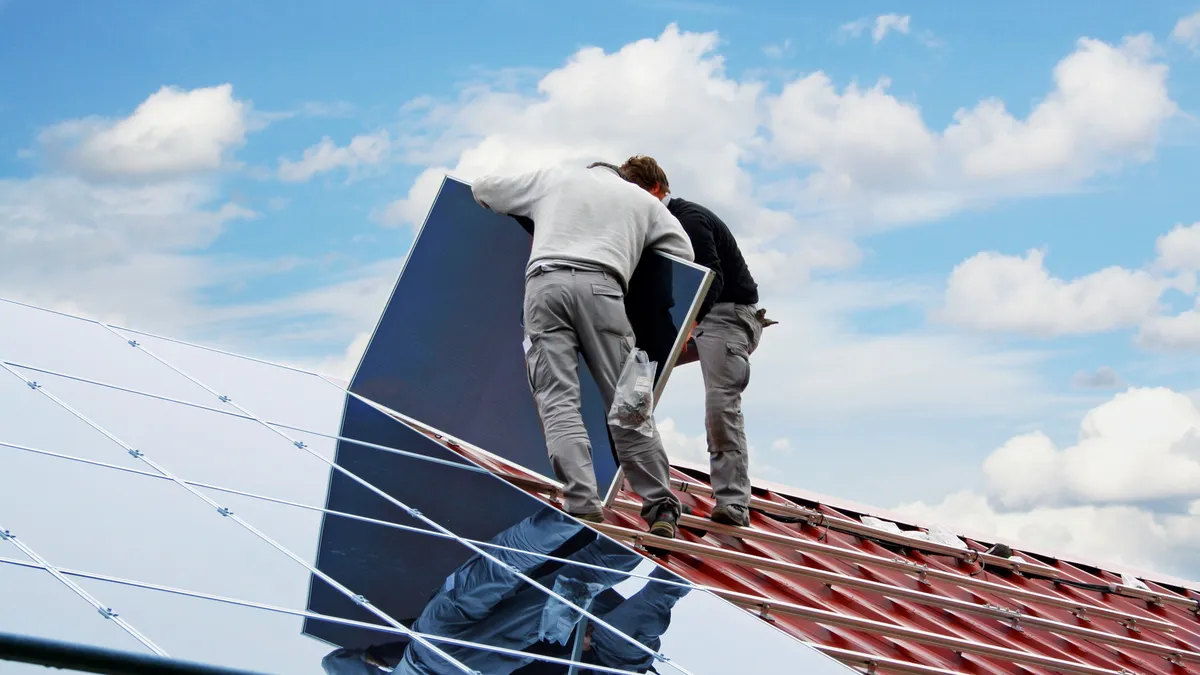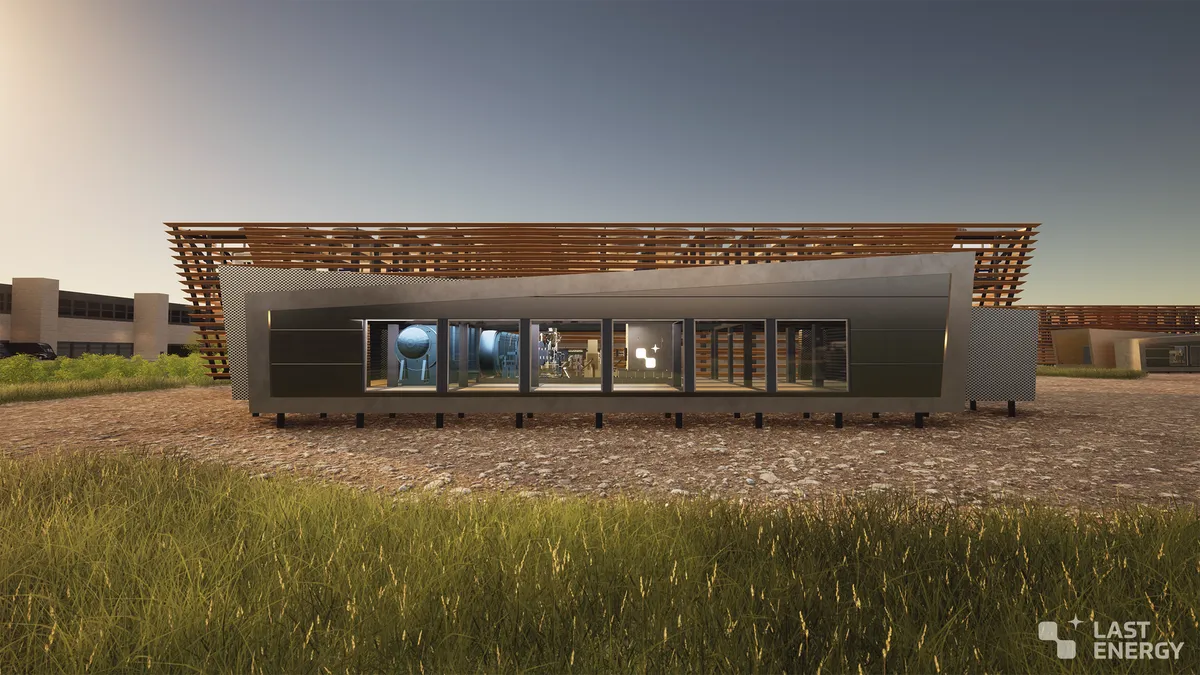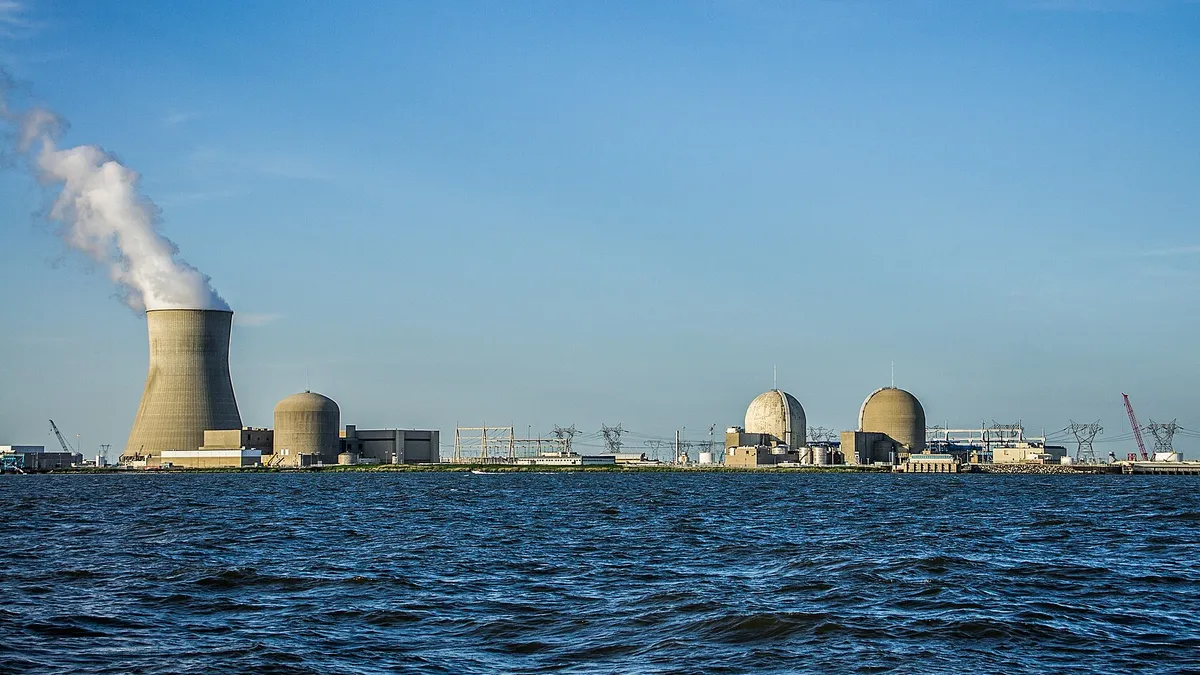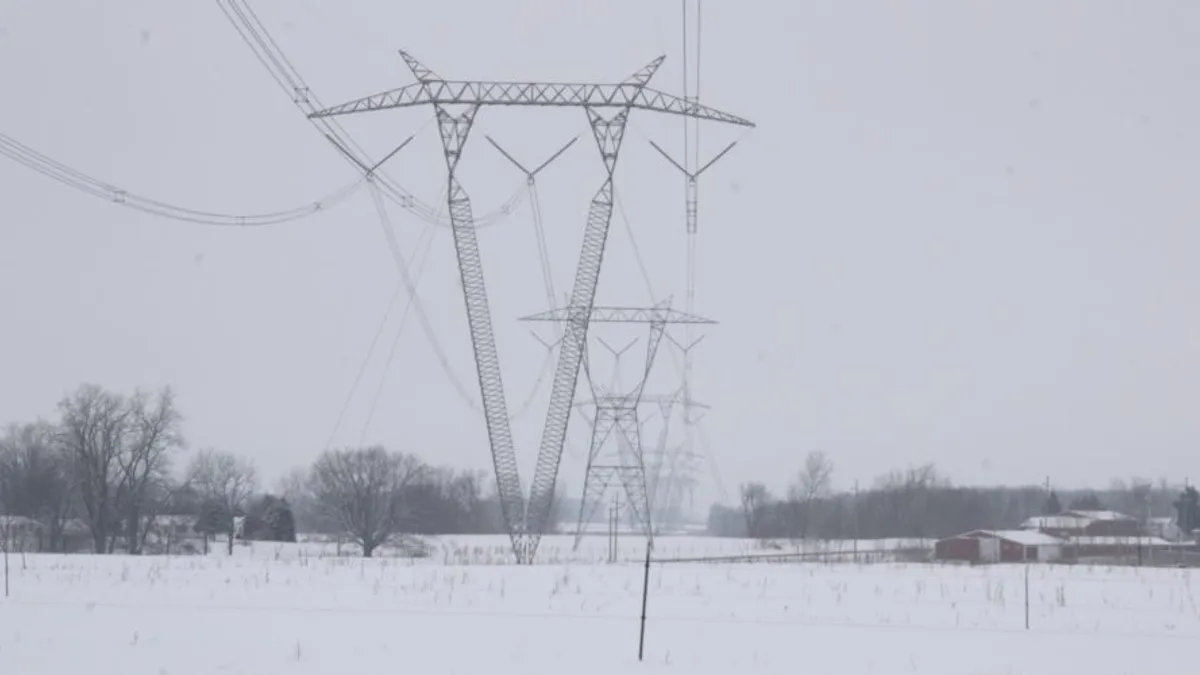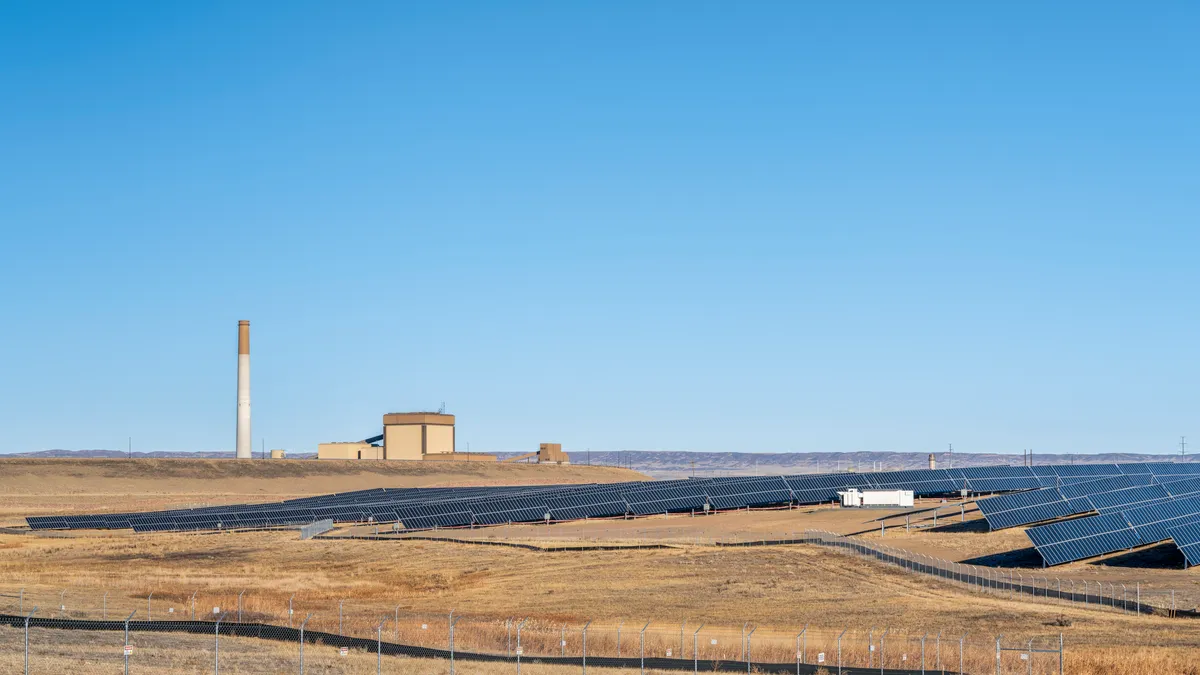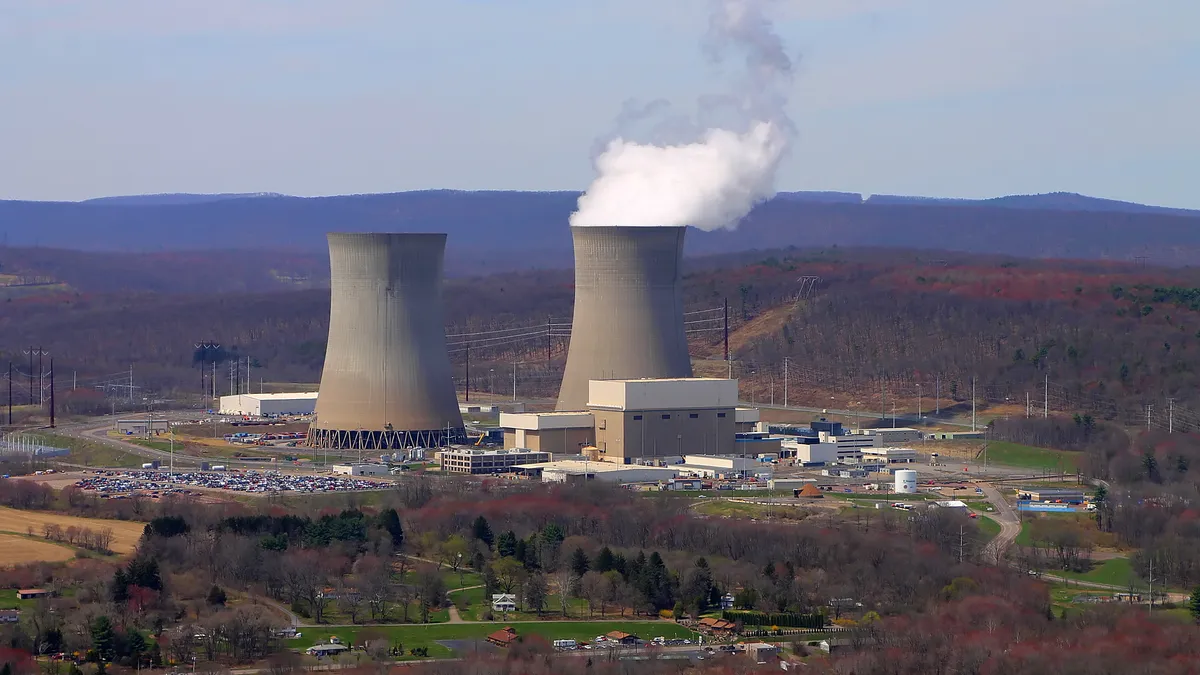New numbers show solar-generated electricity is ready for head-on competition with utility-delivered electricity.
Nearly 21 million single-family homeowners in 42 of the 50 biggest U.S. cities can now expect to pay less for electricity from solar than for electricity they buy from their utility. In fact, the numbers show money spent on a residential solar system earns a better return than investing in Standard and Poor’s 500 index fund.
“Solar is now not just an option for the rich, but a real opportunity for anyone looking to take greater control over their monthly utility bills and make a long-term, relatively low-risk investment,” explains "Going Solar in America: Ranking Solar’s Value to Consumers in America’s Largest Cities," a new study from the North Carolina Clean Energy Technology Center.
The information gap
To breach the “clear information gap” between the popular presumption that solar energy is an expensive indulgence and the new reality that it is a competitively priced source of electricity, the paper uses a range of National Renewable Energy Laboratory (NREL) System Advisor Model (SAM) parameters and other factors to calculate rankings. The list for the top 50 solar cities was based on:
- First-year average monthly savings
- Net present value (NPV) relative to a 25 year investment in the S&P 500 stock index
- Levelized cost of electricity (LCOE) compared to the cost of electricity from the local utility
“We decided to use first year savings because NREL research shows customers tend to be more responsive to something that gives them greater benefits more quickly,” explained Senior Policy Analyst and report co-author Jim Kennerly.
Solar’s NPV was calculated for a 5 kilowatt system purchased with a 25-year, 5% loan and compared to an S&P 500 index with assumed SAM default parameters of a 6.61% annualized and dividend reinvested discount rate. It assumed a 2.7% inflation rate.
Kilowatt-hours from that same system now cost less than those from a residential customer’s local utility. “Of the single-family homeowners in America’s 50 largest cities,” according to the report, “9.1 million already live in a city where solar costs less than their current utility [retail] rates if they bought a PV system outright – and nearly 21 million (93% of all estimated single-family homeowners [that are customers of the utilities that serve] those cities) do if low-cost financing is available.”
A companion report, "Going Solar in America: A Guide for Homeowners Considering Solar PV in America’s 50 Largest Cities," explains how homeowners can take advantage of the solar opportunity.
Solar’s LCOE was based on SAM parameters, beginning with insolation, and was compared with Energy Information Administration (EIA) forecasts of utility rate increases of between 33% and 83%, depending on the city, over the 25-year PV system life.
“The average LCOE for a fully financed solar system in the country’s largest cities ranges from only $0.031 per kWh [Washington, D.C.] to $0.144 per kWh [Louisville, KY],” the researchers found.
The conclusion was straightforward. “If getting value for solar generation is tied to the retail rate, you are going to get to a very strong value proposition,” Kennerly said, “because utility rates tend to escalate reasonably predictably.”
The 'many reasons' homeowners go solar
“There are many reasons people will go solar, like environmental or energy security concerns, but we chose to look at these financial things because money is the one that gets people to act,” said co-author Autumn Proudlove. “Just talking money, solar is a good option for the average person right now.”
“Solar PV helps them lock in a set rate for a certain amount of their electricity for a long period of time,” Kennerly said. “By doing that, they save a great deal of money compared to what they would have paid in the future, given that rates are going up.”
“Monthly electric bill savings are calculated as the difference between an average customer’s bill with solar and what the same customer’s bill would have been without solar,” the report explains. “The utilities whose customers see the greatest monthly dollar savings are Pacific Gas & Electric, San Diego Gas & Electric, Southern California Edison, Arizona Public Service, and NSTAR.”
“We are also seeing declines in the cost of solar. That really makes the financial case,” Proudlove added. “And if you look at the soft costs, which are the biggest part of the cost of solar right now, if you can attack those and reduce them, it will make the value greater.”
Lawrence Berkeley National Laboratory (LBNL) put the 1998 median cost of residential solar at $12 per watt and the 2013 cost at $4.70 per watt, the researchers report. Data from the online solar marketplace EnergySage puts the Q3 2014 average cost without incentives at between $3.70 per watt and $4.24 per watt.
The best and worst cities for solar
The city rankings demonstrate solar insolation is not determinative. The only three cities to score over 25 points (out of the possible 30 points) were New York (26.12), Boston (25.51), and Albuquerque, NM (25.30). Each has 4 of 5 policy supports. New York and Boston provide sales and property tax exemptions and have state tax credits and incentives. Albuquerque does not have state incentives but does provide performance based utility rebates.
The next three cities — San Jose, CA (24.19), Las Vegas (23.36), and Washington, DC (23.06) — have far fewer policy supports but better sun.
The bottom three cities — Oklahoma City (3.17), Tulsa, OK (2.44), and Louisville, KY (1.63) — have virtually no supportive policy and rank very low despite quality sun; yet the only other cities as low, Omaha, NE (3.26) and Indianapolis, IN (3.67), do provide policy support.
“Policy is a complex beast,” Kennerly said.
Soft costs and how cities can reduce them
Because the research was sponsored by the U.S. Department of Energy SunShot Solar Outreach Partnership (SolarOPs), its policy focus was on one of the SunShot Initiative’s main targets, the ways local jurisdictions can attack soft costs that were 64% of the total 2012 cost of residential PV, according to NREL.
The primary soft costs targeted by SunShot, according to the report, are installation labor, customer acquisition, financing, and permitting and inspection (PII).
“Soft costs can be brought down,” Proudlove said. “It depends on local governments knowing what to do and taking action.”
The paper offers a detailed list of things local governments can do. It also proposes that municipal utilities (1) adopt a value of solar tariff, (2) net metering and interconnection policy best practices, (3) focus rate design on supporting solar, (4) offer community solar, (5) provide customers with other solar options, (6) harmonize utility procedures with local jurisdictional procedures, and (7) update and streamline permitting, inspection, and interconnection processes.
The paper concludes with a summary of policy and market challenges likely coming in solar after two years of robust growth. They include:
- Termination of the 30% federal investment tax credit (ITC) at the end of 2016 and the market disruption that approaching deadline could impose
- Changes in state, local, and utility rebates and incentives
- More legislative and regulatory debates about solar’s costs and benefits and threats to solar support policies
- International trade disputes that could increase hardware costs
“The time to invest in solar is now because the future is not certain,” Kennerly said, “and investing now can add significant future savings.”


